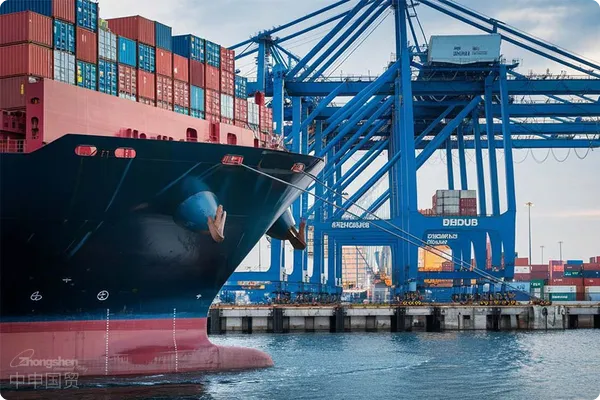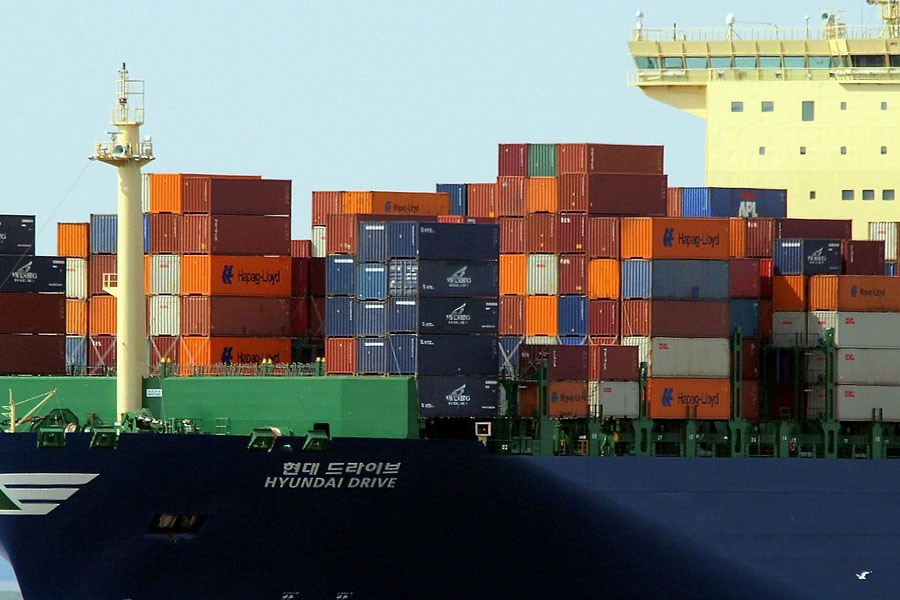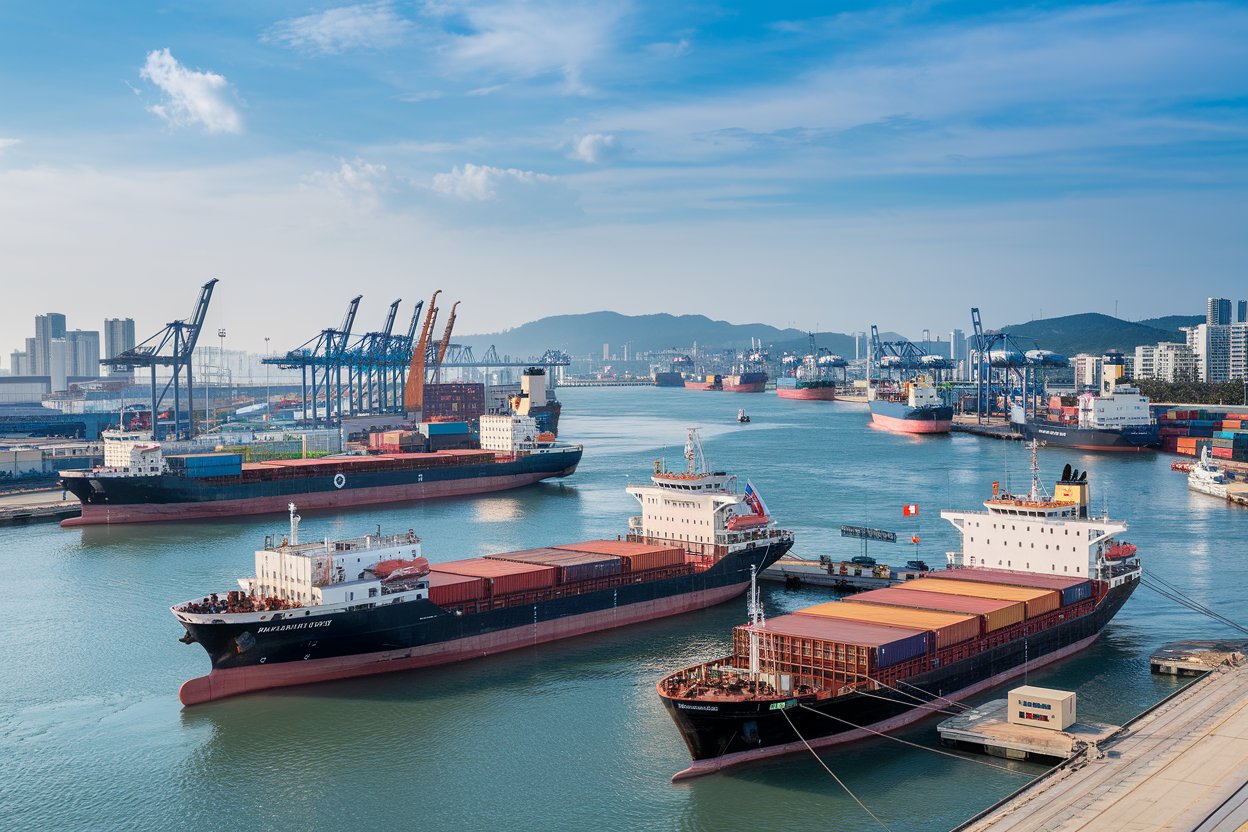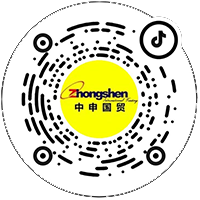- 20 Years of Expertise in Import & Export Solutions
- +86 139 1787 2118

Imported metal furniture?Foreign trade?Process Overview
Importing metal furniture involves numerous complex steps, from preliminary market research and supplier selection to contract signing, document processing, logistics and transportation, as well as customs clearance and delivery. Each step is interconnected, and any issue in one link may affect the smooth progress of the entire import business. For importers, understanding and familiarizing themselves with these processes is crucial, while professional foreign trade agency companies can play a key role in this process, such as?Zhong Shen?, possesses profound professional capabilities in document processing and logistics arrangements.
The Importance and Techniques of Document Processing
Documents are the core of international trade, serving as proof of contract fulfillment between buyers and sellers, as well as the basis for banks to handle settlements. In the import business of metal furniture, common documents include commercial invoices, bills of lading, packing lists,?Certificate of Origin?Exporting Lamps from China to Russia: Lighting up the Road of Cross - border Trade
Commercial Invoice
A commercial invoice is a document issued by the seller that lists the name, quantity, price, and other details of the goods. It serves as the primary document for the transfer of goods and settlement of payment between the buyer and seller. The contents must align with the contract terms and accurately describe the specifications, model numbers, unit prices, total amounts, and other relevant information of the goods. When filling it out, ensure that the handwriting is clear and the content is complete to avoid customs clearance delays or other issues caused by incorrect invoice information.?Foreign exchange settlement?.
B/L
A bill of lading is a receipt for goods issued by the carrier to the shipper upon receiving or loading the goods, and it also serves as a document of title for the carrier to deliver the goods. In import transactions, there are various types of bills of lading, such as straight bills of lading, order bills of lading, and bearer bills of lading. For importing metal furniture, order bills of lading are generally recommended due to their higher negotiability and security. When receiving a bill of lading, it is essential to carefully verify the details on the document, including the description of the goods, quantity, vessel name and voyage, port of loading, and port of discharge, to ensure consistency with the actual goods and shipping arrangements.
Packing list
The packing list provides a detailed record of the specific contents of each package, including the name, specifications, quantity, and weight of the goods. It assists customs in inspecting the goods and helps the consignee verify the shipment. The preparation of the packing list should be consistent with the commercial invoice and bill of lading, while accurately reflecting the actual packaging conditions of the goods, such as the packaging method and materials used.
. Regardless of which country you import into, proper preparation and communication in advance, as well as finding the right partners, can help you complete the import process more smoothly.
A Certificate of Origin is a document that certifies the origin of goods from a specific country or region and plays a significant role in international trade. For imported metal furniture, some countries may grant different tariff treatments based on the Certificate of Origin. When obtaining a Certificate of Origin, it is essential to ensure its authenticity and validity, while also understanding the specific requirements of the importing country, such as format, signing authority, etc.
Key points of logistics arrangements
Logistics and transportation are crucial links in the process of importing metal furniture, directly affecting whether the goods can arrive at the destination on time and safely. When selecting a logistics method, factors such as the characteristics of the goods, transportation costs, and transit time must be comprehensively considered.
?Ocean shipping?
Due to its advantages of large capacity and low cost, sea freight is the most commonly used logistics method for importing metal furniture. When choosing sea freight, it is essential to select a reputable shipping company and understand details such as their routes, schedules, and freight rates. Additionally, attention must be paid to the packing and stowage of goods to ensure their safety during transportation. For metal furniture, due to its considerable weight, proper arrangement of goods during packing is crucial to prevent shifting or damage during transit.
Land Transportation
When conducting trade with neighboring countries or when goods need to be transported overland to inland areas, land transportation is a viable option. Land transportation offers strong flexibility and shorter transit times, but the transportation costs are relatively higher. When opting for land transportation, it is essential to select a qualified transport company and sign a detailed transportation contract that clearly outlines the rights and obligations of both parties. Additionally, attention must be paid to the safety of cargo during loading, unloading, and transit, especially for long-distance land transport, where proper securing and protective measures for the goods are crucial.
Multimodal transportation
Multimodal transport combines sea, land,?air freight?It combines the advantages of various transportation modes, providing importers with more convenient and efficient logistics solutions. When opting for multimodal transport, it is essential to choose a multimodal transport operator with extensive experience and a solid reputation to ensure smooth coordination throughout the transportation process. Additionally, attention should be paid to the use of multimodal transport bills of lading and the allocation of related responsibilities to safeguard one's rights and interests.
The Unique Advantages of the Russian Market and the Foreign Exchange Settlement Process
The Russian market holds certain potential in the field of importing metal furniture, and ZhongShen International Trade possesses unique advantages in this market, namely the convenience of VTB foreign exchange settlement.
VTB Settlement Advantages
VTB is one of the important banks in Russia, and Zhongshen International Trade has established a good cooperative relationship with VTB. By conducting foreign exchange settlement through VTB, you can enjoy faster and more efficient services while reducing settlement costs and risks. In the Russian market, some suppliers may prefer to use VTB for transactions, which provides convenience for Zhongshen International Trade's clients.
Foreign exchange settlement process
Generally speaking, after receiving and accepting the goods, the importer will pay the seller according to the contract terms. When settling the payment through VTB, the importer first needs to submit a settlement application to their domestic bank and provide relevant documents, such as commercial invoices, bills of lading, contracts, etc. After the domestic bank approves the application, the funds will be transferred to VTB, which will then disburse the payment to the seller. During this process, it is essential to ensure the accuracy and completeness of the documents to facilitate a smooth settlement procedure. Additionally, attention should be paid to exchange rate fluctuations, and an appropriate timing should be chosen for settlement to mitigate exchange rate risks.
Southeast Asian market?Import/export?Process and Solution
The Southeast Asian market is also one of the important markets for importing metal furniture. The import and export processes may vary across different countries, but they generally follow certain basic procedures.
Import Process
Market research and supplier selection
Before importing, the importer needs to conduct thorough market research on Southeast Asia to understand the local market demand, price levels, and quality standards for metal furniture. Through channels such as trade fairs and online platforms, suitable suppliers should be identified and subjected to qualification reviews, including assessments of business licenses, production capabilities, and product quality.
Contract Signing
After reaching a cooperation agreement with the supplier, both parties need to sign a detailed import contract. The contract should clearly specify terms such as product specifications, quantity, price, delivery period, payment method, quality standards, and liability for breach of contract. Before signing the contract, it is essential to carefully review the terms to ensure that one's rights and interests are protected.
Document Preparation and Review
According to the contract requirements, the importer and the supplier shall prepare the relevant documents respectively. The importer needs to prepare basic documents such as commercial invoices, bills of lading, and packing lists. Additionally, depending on the requirements of the importing country, special documents such as certificates of origin and quality inspection certificates may also be required. Upon receiving the documents, it is essential to carefully verify their authenticity, accuracy, and completeness. If any issues are identified, promptly communicate with the supplier to resolve them.
Logistics Arrangement and Transportation
Based on the cargo specifications and delivery timeline, select the appropriate logistics method to transport goods from Southeast Asia to domestic locations. During the transportation process, promptly track the shipment status to ensure timely arrival of the goods.
Customs Clearance and Delivery
After the goods arrive at the destination port, the importer needs to entrust a customs broker to handle the customs clearance procedures. The customs broker submits the declaration to the customs based on the relevant documents. Upon approval by the customs, the corresponding tariffs and value-added taxes are levied, and the goods are released. After paying the taxes and fees, the importer can pick up the goods and deliver them to the end user.
Solution
To address potential issues in importing metal furniture to the Southeast Asian market, ZhongShen International Trade offers the following solutions. In terms of supplier selection, leveraging its local business network and extensive experience, it helps clients identify high-quality suppliers and conducts on-site inspections. For documentation processing, its professional team ensures the accuracy of all documents and promptly resolves any issues that arise during the review process. Regarding logistics and transportation, it has established long-term partnerships with several renowned logistics companies, providing clients with diverse shipping options and competitive freight rates. For customs clearance, with a deep understanding of various countries' customs policies and regulations, it ensures fast and efficient clearance procedures to prevent cargo delays.
Challenges and Opportunities in the Current International Trade Landscape
The current international trade situation is complex and ever-changing, presenting numerous challenges to the import of metal furniture business while also harboring certain opportunities.
Challenges
Trade protectionism
In recent years, global trade protectionism has been on the rise, with some countries restricting imports by raising tariffs and setting up trade barriers. This may lead to increased costs for imported metal furniture and reduced market competitiveness. For example, certain countries impose high anti-dumping duties on imported metal furniture, causing a significant price surge for these products in local markets and impacting sales.
Exchange Rate Fluctuations
Exchange rate instability poses significant currency risks to import businesses. If the domestic currency depreciates between the contract signing and payment periods, importers will need to exchange more domestic currency for foreign currency, thereby increasing import costs.
Impact of the pandemic
The outbreak of the COVID-19 pandemic has severely impacted global supply chains. Production and logistics in regions such as Southeast Asia and Russia have been affected to varying degrees, leading to issues like delayed cargo supply and increased logistics costs.
?Opportunities?
Market demand is increasing.
With the gradual recovery of the global economy, consumer demand for metal furniture continues to grow. Particularly in some emerging markets, such as certain countries in Southeast Asia, the acceleration of urbanization and rapid development of the real estate market have led to a significant upward trend in the demand for metal furniture.
Digital transformation
The pandemic has accelerated the digital transformation of international trade, with online trading platforms and electronic documents being increasingly widely used. This provides importers with more convenient and efficient trade methods, reduces transaction costs, and improves transaction efficiency.
Product Certification Service Related Content
When importing metal furniture, product certification is a crucial step that cannot be overlooked. Different countries and regions have varying certification requirements for metal furniture, such as the CE certification in the European Union and the UL certification in the United States. These certifications are designed to ensure that products comply with relevant safety and quality standards. Although ZhongShen International Trade does not directly provide certification services, it leverages its professional expertise to accurately inform clients of the required certification types, assist in preparing the necessary documentation, and facilitate communication and coordination with certification bodies to ensure clients can successfully complete the certification process. During the assistance process, ZhongShen International Trade helps clients understand certification procedures, standards, and costs, offering professional advice to enable clients to choose the most suitable certification solution. This helps avoid any potential delays in the import and sale of goods due to certification issues.
In summary, importing metal furniture involves numerous steps and complex procedures, requiring importers to possess extensive professional knowledge and experience. As a specialized foreign trade agency, China Shen International Trade leverages its expertise in document processing, logistics arrangements, and other areas, along with unique advantages and tailored solutions for different markets, to provide comprehensive support and services to importers. This enables importers to seize opportunities, tackle challenges, and successfully conduct metal furniture import operations amidst the current complexities of international trade.
? 2025. All Rights Reserved.










